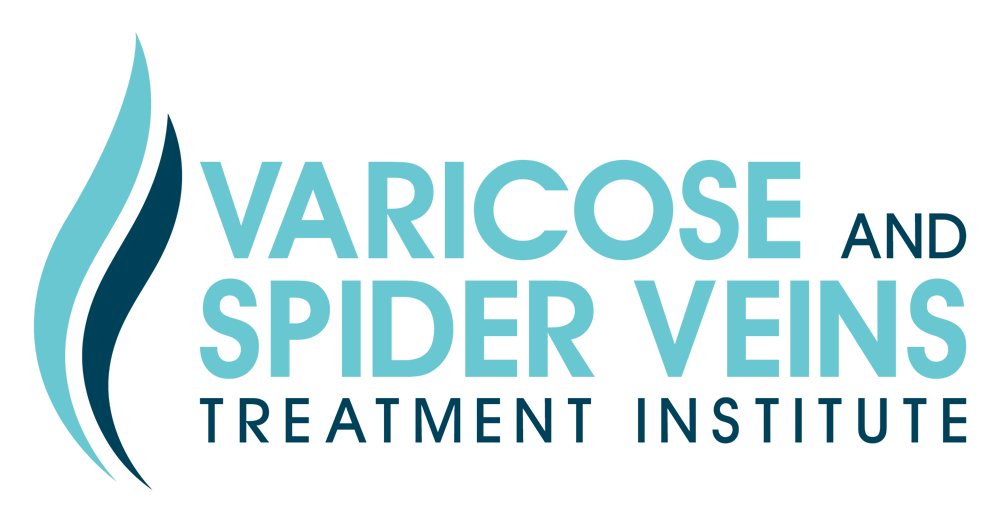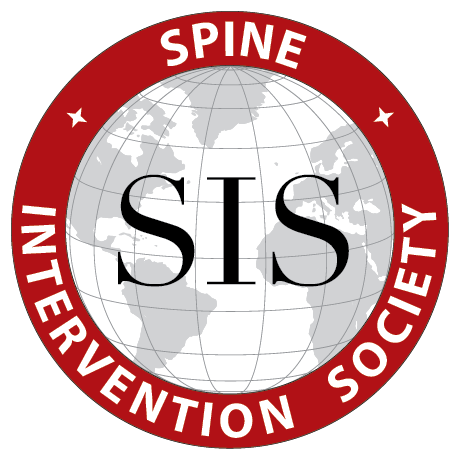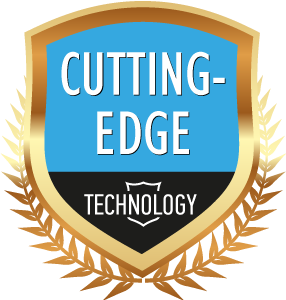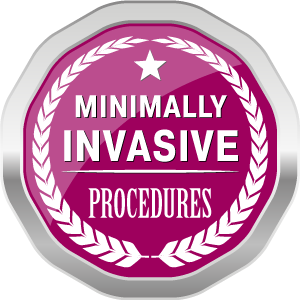SCLEROTHERAPY
What is Sclerotherapy?
Sclerotherapy is an effective, minimally invasive treatment option for varicose veins and spider veins. This technique uses a small needle to inject a salt solution or chemical foam (known as a sclerosant or sclerosing agent) into a varicose vein or spider vein. This chemical irritates the vein, causing swelling that limits blood flow through the vein. Over time, the lack of blood, oxygen, and nutrients causes the vein to collapse. Your body reabsorbs the vein, improving your skin’s appearance.
Studies show that sclerotherapy is between 60 to 80 percent effective at eliminating affected veins — however, some research suggests that, when performed properly, sclerotherapy can have success rates near 100 percent. A well-cited 2014 study found that 83 percent of people who underwent sclerotherapy for pain relief experienced the benefit.
Our vein specialists recommend sclerotherapy for most spider veins and small varicose veins. The procedure is not always the best option for larger varicose veins, as they may become hard and lumpy.
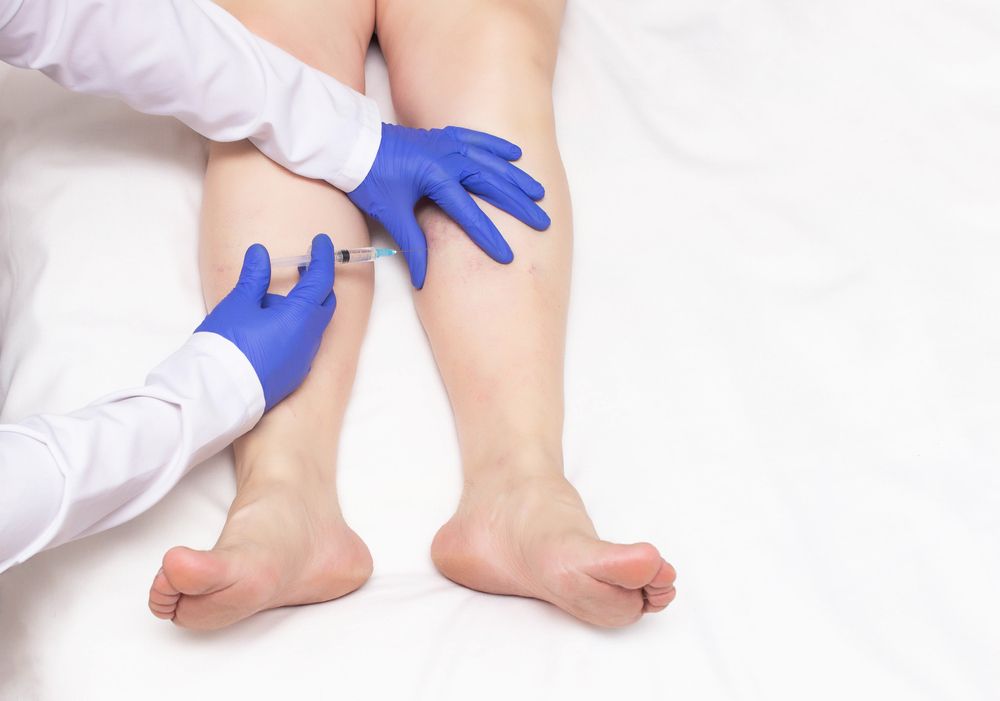
Why Choose a Minimally Invasive Treatment?
Minimally invasive treatments are the first choice for treating spider veins and varicose veins. At Varicose and Spider Veins Treatment Institute, we offer several options to fit your specific needs. Whether you want to improve the appearance of your legs or treat leg pain or heaviness, we are here to help. Our vein doctors are board-certified vein specialists and trained in cutting-edge spider vein and varicose vein treatments.
There are several benefits to minimally invasive treatments, including:
- Fast healing with little to no downtime
- Small incisions or injections that leave minimal scarring
- Less pain and side effects compared to invasive procedures
- Lower rates of infection
Preparing for Your Procedure
If your vein specialist determines that you are an ideal candidate for sclerotherapy, they will have you follow some instructions to prepare for the procedure.
You may be asked to stop taking certain medications a few days before the procedure. Some over-the-counter medications and antibiotics interfere with the chemicals used (known as sclerosing agents) and/or increase your risk of bleeding. Do not stop taking any prescribed medications on your own — always follow the instructions given by your doctor.
Your vein specialist will likely recommend that you stop taking nonsteroidal anti-inflammatory drugs (NSAIDs) such as ibuprofen (Advil) or naproxen sodium (Aleve) around 48 hours before your procedure. If you need pain relief before your procedure, you may take acetaminophen (Tylenol).
Be sure to let your vein specialist know if you are currently taking an antibiotic, such as minocycline (Minocin) or tetracycline. These medications should be stopped a week or more in advance to prevent your skin from staining during sclerotherapy.
Corticosteroids, such as prednisone, are used to treat inflammation in a variety of conditions. These medications can interfere with how effective the sclerosing agent is. Your vein specialist will reach out to the doctor who prescribed your corticosteroids to make sure you can safely stop them for your sclerotherapy procedure.
The Day of Your Appointment
On the day of your appointment, keep your legs clean and avoid putting any creams or lotions on them. You may also want to bring comfortable shorts to wear during the procedure. Plan on arriving at your appointment 15 minutes early to complete any remaining paperwork.
You will then be brought back to a procedure room. Your vein specialist will go over your medical history and confirm that you have stopped medications as needed. They will then give you an overview of the sclerotherapy procedure.
During the procedure, you will be lying on your back with your legs elevated. Your vein specialist will clean the area with alcohol, then insert a very thin needle into the affected vein. They will then inject a sclerosing agent (a salt solution or chemical foam) through the needle to irritate the vein. This causes the vein to swell, which may feel like a cramping or stinging sensation.
The length of the procedure will depend on the number of veins being treated. Your vein specialist may need to inject the same vein multiple times in different places to get the desired effect. Short procedures can take 15 minutes, while longer procedures with multiple veins may take up to an hour.
Afterward, your vein specialist will gently massage the area and apply a compression pad. Compression is important for preventing blood from pooling near the treated veins. You will be able to walk immediately following sclerotherapy. Your vein specialist will encourage you to keep walking regularly over the next few days to help with recovery.
Side Effects of Sclerotherapy
Sclerotherapy is a safe and effective procedure, but you may still experience some mild side effects. Your vein specialist will take steps to help limit these as much as possible. Common side effects from sclerotherapy include:
- Bruising
- Redness, pain, or stinging at the injection site
- Raised, red bumps
- Skin darkening or discoloration
Most of these side effects should improve in the weeks following treatment. If they continue, call your vein specialist.
Rarely, sclerotherapy can cause more serious side effects that require additional treatment. These include:
- Allergic reactions
- Open sores (ulcers) around the injection site
- Blood clots that may lead to deep vein thrombosis (DVT)
- Formation of air bubbles in your bloodstream
Your vein specialist will provide you with information on these risks and how to identify and address them.
After-Treatment Care
After your sclerotherapy treatment, you should be able to go about your everyday life as normal. Unlike invasive procedures, sclerotherapy typically has little to no downtime for recovery and healing. Most people recover within a few days depending on how their body reacts.
Here are some steps you can follow for proper vein care to ensure your treatment is as successful as possible.
Compression Stockings
Your vein specialist will send you home with compression stockings. These specialized garments apply varying amounts of pressure to your ankles, calves, and thighs to encourage blood flow up toward your heart. You will wear them for 24 hours after sclerotherapy treatment — they should only be taken off for you to shower or bathe.
If you stand or sit for long periods throughout the day, or if you have chronic venous insufficiency, you may choose to continue wearing your compression stockings. Long-term wear can stop blood from pooling in your feet and legs, reducing the chances of your varicose veins or spider veins from returning. Talk to your vein specialist if you think you would benefit from daily compression therapy.
Elevation and Rest
Your vein specialist will also recommend elevating your feet and legs above your heart when possible to help reduce leg swelling. In this position, gravity helps move blood from the lower part of your legs up toward your heart. Try propping your feet up with pillows or blankets when sitting or lying down.
You may be eager to start exercising again, but it is best to wait a few days after sclerotherapy. Strenuous exercise like running or swimming puts extra pressure on your leg veins, which can slow healing. Instead, try low-impact exercises like yoga or stretching.
You may take Tylenol to help alleviate any uncomfortable symptoms from the procedure. You should avoid NSAIDs for a few days after your procedure to reduce your risk of bleeding while healing.
Avoid Heat and Sunlight
Heat causes your blood vessels to widen or dilate, increasing the chances of your varicose veins or spider veins returning. Ultraviolet (UV) light from sunlight also damages the veins just underneath your skin, especially while healing from sclerotherapy. Avoid direct sunlight and heat for at least two weeks after your treatment.
Be sure to wear sunscreen with a sun protection factor (SPF) of at least 30, and cover your skin with clothing when possible. It is best to avoid taking hot baths or using hot tubs or saunas within the first few weeks after treatment.
Frequently Asked Questions (FAQ)
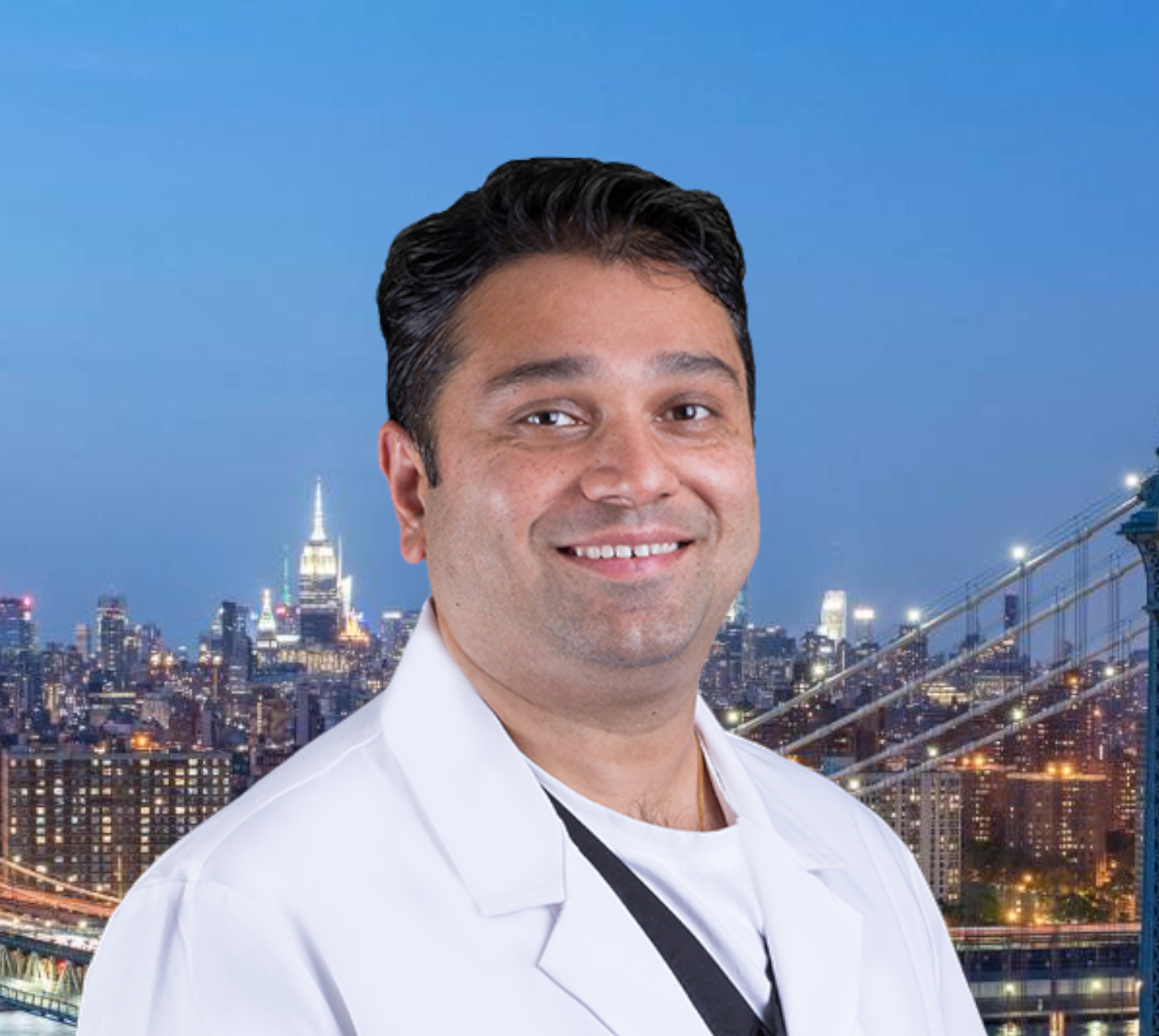
DR. AMIT POONIA M.D.
Your New Jersey Vein Specialist
Dr. Poonia is double board-certified in interventional pain management and anesthesiology.
Dr. Poonia’s philosophy is based on teamwork, cooperation, and collaboration among his patients’ treatment teams. He believes that healthcare providers work
best when they work together to accurately diagnose a patient’s problem, find effective treatments, and provide maximum rehabilitation and quality of life improvements.
Dr. Poonia customizes his treatment plans based on each patient’s unique characteristics. He employs the latest minimally-invasive technologies to enhance comfort during treatment and to speed recovery.
References
- Gibson K, Gunderson K. Liquid and foam sclerotherapy for spider and varicose veins. Surg Clin North Am. 2018;98(2):415-429. doi:10.1016/j.suc.2017.11.010
- Green D. Sclerotherapy for the permanent eradication of varicose veins: Theoretical and practical considerations. J Am Acad Dermatol. 1998;38(3):461-475. doi:10.1016/s0190-9622(98)70506-7
- Lorenz MB, Gkogkolou P, Goerge T. Sclerotherapy of varicose veins in dermatology.
J Dtsch Dermatol Ges. 2014;12(5):391-393. doi:10.1111/ddg.12333 - Meissner MH. What is effective care for varicose veins? Phlebology. 2016;31
(1 Suppl):80-87. doi:10.1177/0268355516632999 - Sclerotherapy. Cleveland Clinic. June 12, 2022. Accessed January 26, 2023. https://my.clevelandclinic.org/health/treatments/6763-sclerotherapy
- Star P, Connor DE, Parsi K. Novel developments in foam sclerotherapy: Focus on Varithena(R) (polidocanol endovenous microfoam) in the management of varicose veins. Phlebology. 2018;33(3):150-162. doi:10.1177/0268355516687864
- Sun Y, Li X, Chen Z, Li X, Ren S. Feasibility and safety of foam sclerotherapy followed by a multiple subcutaneously interrupt ligation under local anaesthesia for outpatients with varicose veins. Int J Surg. 2017;42:49-53. doi:10.1016/j.ijsu.2017.04.023
- Watson JJ, Mansour MA. Cosmetic sclerotherapy. J Vasc Surgery Venous Lymphat Disord. 2017;5(3):437-445. doi:10.1016/j.jvsv.2017.02.002
- Yiannakopoulou E. Safety concerns for sclerotherapy of telangiectases, reticular and varicose veins. Pharmacology. 2016;98(1-2):62-69. doi:10.1159/000445436
